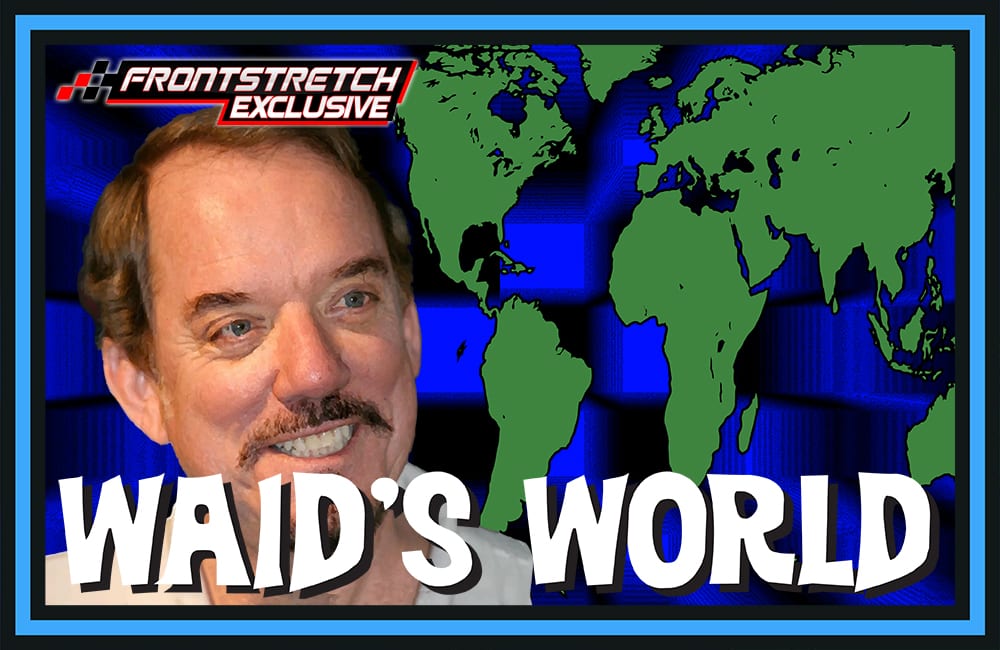The first time anyone saw Ricky Rudd at a NASCAR event was the weekend of Feb. 28, 1975, at what was then known as North Carolina Motor Speedway in Rockingham, N.C.
Rudd was entered in the Carolina 500 as the driver of the Ford owned by veteran independent competitor Bill Champion of Norfolk, Va., a friend of the Rudd family.
Rudd looked like a curly-haired, babyface teenager – which he was, given that he was only 17 years old. In those days one simply didn’t see youngsters wearing fire suits. Instead, those who did were older, rugged types.
As far as the race went, Rudd certainly didn’t attract attention. He finished 11th, a whopping 56 laps down.
Given that, most figured NASCAR had seen the last of Rudd, who most likely would go home to Chesapeake, Va., and finish high school.
Not so.
Rudd raced for several seasons with his father Al Rudd’s team. The elder Rudd was an auto parts and scrapyard dealer. Their association held until it became obvious that the money was rapidly disappearing.
Instead of disappearing with it, Rudd was signed by veteran team owner Junie Donlavey of Richmond, Va. After a year, Rudd spent a couple of seasons with different team owners – among them D.K. Ulrich – until he was signed by DiGard Racing Co. in 1981.
Many speculated Rudd had his best opportunity to win with DiGard, an organization with a winning reputation, especially during the years Darrell Waltrip was its driver.
But the season was something of a tumultuous one for Rudd, who departed and seemed at loose ends until Richard Childress hired him to replace Dale Earnhardt for the 1982 season.
Rudd won his first two races, and the first two for Childress, in 1983 at Riverside International Raceway and Martinsville Speedway. This was an apparent sign the two were destined for a long, successful tenure – until something happened.
Earnhardt, who had been competing with owner Bud Moore, wanted to fulfill a promise he had made to Childress. It was Childress who quit racing and became an owner to accommodate Earnhardt – who left J.D. Stacy late in the 1981 season.
Afterward, Earnhardt and Childress agreed that if the right circumstances arose, they would reunite. Those circumstances happened prior to the 1984 season.
What occurred, basically, was a swap. Earnhardt would race with Childress in 1984 while Rudd would become Moore’s driver. In a most unusual development, Wrangler would sponsor both teams on a…
Click Here to Read the Full Original Article at …

